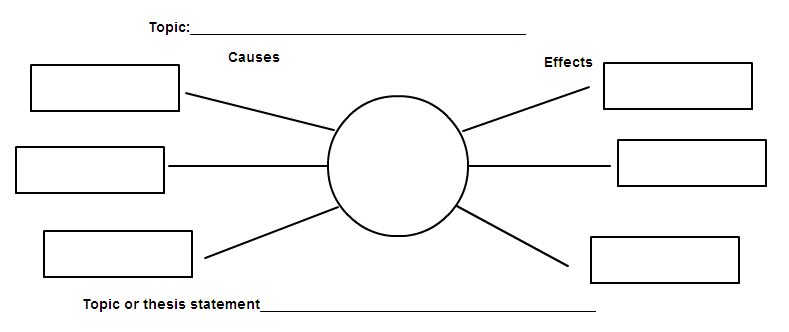The article by Peggy Ertmer (2005), is discusses the importance of considering the changes that may occur due to ICT integration. Ertmer (2005) compared of the effect of a classroom that had a high-level or a low-level of technology and found that the teaching where high-levels were present was more of a constructivist centred and student-centred environment. The low-levels of technology usually resulted in a teacher-centred learning environment, where students are not actively involved and consist of students listening and teachers talking (Ertmer 2005).
Another issue of ICT integration other than the facility and availability of the technology, is the interference of different pedagogical beliefs. Ertmer's (2005) study list ways to integrate and change the beliefs in order to have successful ICT integration. One of these ICT support suggestion is to have technology tools, introduced gradually, beginning with those that support teachers’ current practices and expanding to those that support higher level goals (Ertmer 2005 p.35). Another point I think would useful for such integration is to have ongoing technical and pedagogical support as teachers develop confidence and competence with the technological tools, as well as the new instructional strategies required to implement a different set of pedagogical beliefs (Ertmer 2005 p.35).
From my point of view as part of the Z generation, I believe it is important to have ICT integration as long as pedagogical beliefs are considered and not disadvantaged in any way. There are many ICTs that are used for their educational value, some ICTs that are most popular in schools are IWBs, Webquests, videos and YouTube clips, online games and activities and music devices such as CD players. These new and growing technologies are a great way to extend the curriculum, using devices that are and will be the centre of these students lives.
These two articles give important insights to the world of teaching and how ICT integration will effect what is being taught and how that is done.
Here is a simple layout of a Graphic Organiser:
This graphic organiser has been done on a computer and is most suitable for visual learners, as you can see its all about what can be seen, and not what can be heard or done. Graphic organisers can include pictures, writing and all sorts of colour that relates to the purpose of the diagram, which is useful for students who have a visual learning style. Students can put their thoughts about a topic in a graphic organiser in a fashion that the teacher and themselves can understand. By doing this, they are using the graphic organiser as a cognitive tool, as they process information and begin to gain a deeper understanding about the topic. This ICT enables the development of creativity as students can use graphics instead of writing boxes, and basically make their graphic organiser their own, so they are able to understand the topic. Creating a graphic organiser can be a creative way find out more information, in order for each student to learn at their best.
References
Ertmer, P. A. (2005). Teacher pedagogical beliefs: The final frontier in our quest for technology integration? Educational Technology Research & Development, 53(4), 25-39.
Brown, M. (2005). The growth of enterprise pedagogy: How ICT policy is infected by neo-liberalism. Australian Educational Computing, 20(2), 16-22.




